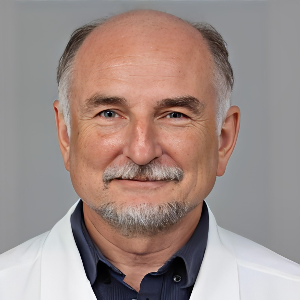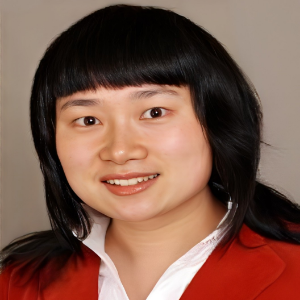The area of pharmacy known as Physical pharmacy focuses on using physics and chemistry to learn about pharmacy. To put it another way, it is the investigation of the molecular impacts that dose forms have on their surroundings. It places attention on the physical properties and operations of the medication delivery system prior to the patient receiving it. It serves as the basis for the stable and appropriate use of medical pharmaceuticals and creates the basis for the design, production, and distribution of medicinal products. It also provides a foundation for understanding how drugs are absorbed, distributed, metabolised, and eliminated during drug therapy. The creation of pharmaceutical products is guided by the principles of physical pharmacy. The location of the drug and the personnel responsible for dispensing it is a physical pharmacy. Customers go to the pharmacy to purchase the medications they require. The ideas and techniques used in pharmacy were derived from basic sciences including physics, quantum mechanics, thermodynamics, ionisation, equilibrium, chemical stability, kinetics, diffusion, permeation, adsorption, and complexation. Pharmacy is an applied science. The solubility, stability, compatibility, and manufacturability of pharmaceuticals as well as the dissolution, absorption, distribution, metabolism, and elimination of drug products may all be predicted quantitatively thanks to these principles. When the physical, chemical, and biological characteristics of pharmacological molecules (preformulation) are recognised, dosage forms for specific human or animal delivery routes may be created (i.e., formulation). Physical pharmacy is the collective name for the scientific concepts used in the preformulation and formulation processes, and pharmaceutics is the study of these principles.

Vladlen Slepak
University of Miami Miller School of Medicine, United States
Yong Xiao Wang
Albany Medical College, United States
Consolato M Sergi
Universities of Alberta and Ottawa, Canada



Title : The impact of metal-decorated polymeric nanodots on proton relaxivity
Paulo Cesar De Morais, Catholic University of Brasilia, Brazil
Title : Hepatotoxic botanicals-shadows of pearls
Consolato M Sergi, Universities of Alberta and Ottawa, Canada
Title : Exploring classical ayurvedic drugs in hypertension
Prashant Bhokardankar, Datta Meghe Ayurved College, India
Title : Principles and standards for managing healthcare transformation towards personalized, preventive, predictive, participative precision medicine ecosystems
Bernd Blobel, University of Regensburg, Germany
Title : Personalized and Precision Medicine (PPM) as a unique healthcare model based on design-inspired biotech- & biopharma-driven applications to secure the human healthcare and biosafety
Sergey Suchkov, N.D. Zelinskii Institute for Organic Chemistry of the Russian Academy of Sciences & InMedStar, Russian Federation
Title : Antibody proteases as translational tools of the next step generation to be applied for biopharmacy related and precision medical practice
Sergey Suchkov, N.D. Zelinskii Institute for Organic Chemistry of the Russian Academy of Sciences & InMedStar, Russian Federation
Title : Easily injectable, organic solvent free self assembled hydrogel platform for endoscope mediated gastrointestinal polypectomy
Hitasha Vithalani , IIT Gandhinagar, India
Title : Cognitivevoice: Novel machine learning model leveraging acoustic features to predict future cognitive decline in Parkinson’s Disease
Aadya Daga, Hamilton High School, United States
Title : Platelet-activating factor-receptor pathway mediates solar radiation-induced extracellular vesicle release in human keratinocytes
Ravi P Sahu, Wright State University, United States